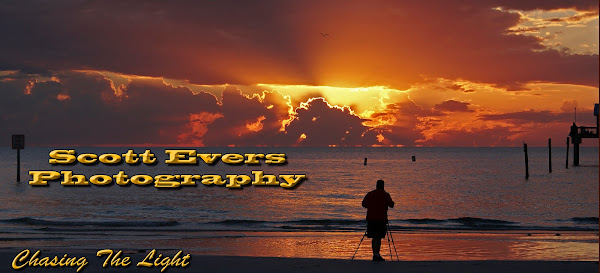This past fall I took a road trip out west and visited some amazingly beautiful places that were very inspiring. I spent a lot of time in central and northern Arizona visiting national forests, parks, and wilderness desert areas. Sedona was beautiful, and the Grand Canyon is one of the most amazing natural wonders on the planet. As I moved north into southern Utah, I had been longing to return to a place I had briefly visited on a family vacation a very long time ago. Monument Valley.
 |
| Hwy. 163 coming into Monument Valley from the North |
If you have ever watched the movie Forrest Gump, the scene where he stops running across the country was shot in this exact spot in the photo above. Highway 163 running south from Mexican Hat UT. into Monument Valley. In my opinion, one of the most iconic scenes you will ever see while driving on a road trip.
 |
| Massive Sandstone Mesas and Buttes rise from the desert floor |
This area is a place you may feel very familiar with, and yet you have never been there. This area was discovered by Hollywood director John Ford in the late 1930's and there have been parts of over 70 major movies filmed in the area, along with countless television commercials and videos . So in your subconscious you have been here many, many times. But I highly recommend that you visit it in person. Like the Grand Canyon, this place must be visited in person to truly appreciate the stark beauty of the landscape. I spent three days here and wished I had at least a week.
 |
| Massive Butte with a daylight moon |
For a landscape photographer this area is a pure paradise. Monument Valley lies within the 16 million acre Navajo Indian Nation
.
 |
| Along HWY. 163 south of Monument Valley |
There are only a few options for lodging in Monument Valley. I stayed at The View Hotel, owned and operated by the Navajo Indians. This is the only hotel located inside the tribal park, and I highly recommend staying there. A bit pricey, but the view from your balcony is just amazing.
 |
| View from my hotel room balcony of the Mittens and Merrick Butte |
If you just do a Google search on Monument Valley, you will find many links with all kinds of information you would need to learn more and plan a trip. My goal is not to rehash all that information here, but to inspire you to really consider visiting this place with my photography.
 |
| The North Window |
I also highly recommend signing up with one of the local Navajo Indian guides for a tour. You can drive much of the area on a rough dirt road, but they have access to areas that are restricted unless you are with a guide. They provide great insight and information you would not get just driving it yourself.
 |
| The View Hotel, Monument Valley UT. |
 |
| Three Sisters Rock Formation |
The tough part of visiting Monument Valley as a photographer is trying to photograph as much as possible in the limited time you have. The desert light is extremely harsh within a couple hours of sunrise so starting very early is a must. Sunrises and sunsets there are spectacular if the weather cooperates.
 |
| Clouds add dramatic textures to the sky |
 |
| A Monument Valley Sunset |
I found a real sense of peace and rejuvenation in Monument Valley. While I was wandering alone in the early morning darkness or late afternoons looking for the perfect landscape photo opportunity, The desolate beauty and remoteness of this place are inspiring. I just wish I could have captured it better than I did on this trip. I know I will be back again.





















